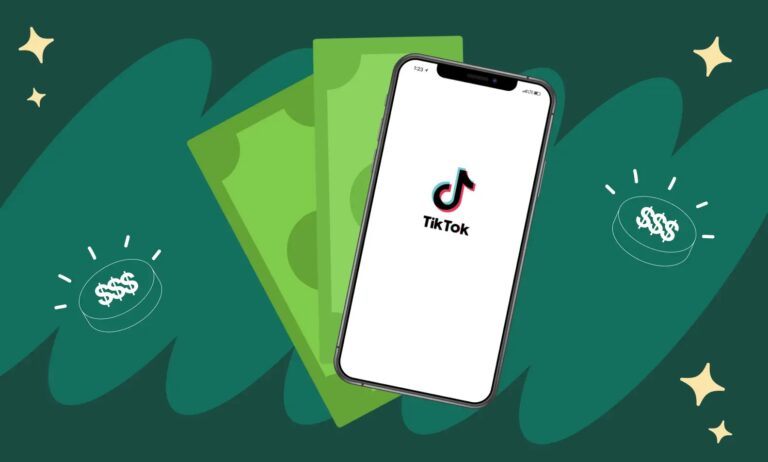Personal Protective Equipment (PPE) has always played a vital role in healthcare, manufacturing, and construction, where worker safety is highly prioritised. PPE suppliers then continuously advance their offerings to address the increasing need for more effective, resilient, and technologically integrated safety solutions. These advancements are revolutionising the industry, enabling organisations to safeguard their workforce while enhancing the efficiency of safety procedures.
Discover how PPE equipment suppliers innovate their products to address modern safety needs.
1. Integration of Smart Technologies in PPE
One of the prime areas of innovation in PPE is the integration of modern technologies. PPE suppliers are now developing smart helmets, vests, and goggles with sensors and real-time monitoring capabilities. These devices can track worker movements, measure exposure to hazardous substances, and even detect fatigue.
For example, smart helmets are being developed to monitor the wearer’s vitals, such as heart rate and temperature, and provide real-time data to supervisors. Another example is wearable devices that can alert medical staff of immediate risks. These innovations improve safety and allow for a quicker response to potential emergencies. These smart PPE devices ensure that workers are always in optimal condition, reducing the likelihood of accidents.
2. Enhanced Materials for Durability and Comfort
PPE suppliers are also focusing on developing more comfortable products for workers without compromising safety. New materials, such as lightweight yet durable polymers, have made it possible to create PPE that can withstand harsh conditions while providing flexibility and comfort. In healthcare, disposable hospital gowns and gloves are now made with more breathable, antibacterial fabrics, improving the user experience for medical staff.
Another notable innovation is hospital patient ID wristbands. PPE suppliers are now incorporating antimicrobial materials into these wristbands, reducing the risk of infections. These wristbands also have features like RFID technology, enabling hospitals to track patients more effectively and securely manage sensitive data.
Technological Advancements in PPE
- Smart PPE Devices: Helmets, vests, and goggles equipped with sensors and monitoring systems.
- RFID-Enabled Hospital Patient ID Wristbands: Enhancing patient tracking and reducing the risk of misidentification.
- Antimicrobial Materials: PPE products with bacteria-resistant materials, especially for healthcare settings.
- Wearable Air Quality Sensors: Devices integrated into masks or clothing to monitor air quality in real time.
3. Customisation and 3D Printing in PPE
Customisation has become another area of innovation. PPE suppliers are leveraging 3D printing technology to create custom-fit PPE that caters to individual workers’ needs. This approach is beneficial in industries like healthcare, where precision and a perfect fit are essential for safety and comfort.
For example, hospitals can now order custom patient ID wristbands tailored to their specific needs, including varying sizes for adult and paediatric patients. These customised wristbands, paired with QR codes or RFID technology, allow healthcare providers to quickly access patient information, improving efficiency and reducing the risk of errors.
In the industrial sector, customised PPE such as face masks and gloves are designed to fit individual workers perfectly, reducing discomfort and increasing compliance with safety regulations.
4. Increased Sustainability in PPE Production
Sustainability is another key focus area for PPE suppliers. Suppliers are developing eco-friendly PPE options as industries worldwide strive to reduce their environmental impact. These products are made from recyclable or biodegradable materials, which help reduce waste in industries that heavily rely on disposable protective equipment.
PPE suppliers are also creating reusable products designed for long-term use without compromising safety standards. For example, reusable face shields and gowns in the healthcare industry are becoming more prevalent. These items are easy to disinfect and can be used multiple times, providing a sustainable alternative to single-use PPE.
Conclusion
PPE equipment suppliers are persistently advancing to handle the requirements of contemporary industries. Intelligent technologies, superior materials, and tailored designs now shape the PPE sector. For example, innovations like RFID-enabled wristbands for patient identification enhance safety and operational efficiency in healthcare. Furthermore, there is a growing emphasis on sustainability, with suppliers focusing on creating environmentally friendly and reusable products. These developments guarantee the protection of workers while adapting to the changing demands of diverse industries.
Visit Dou Yee Enterprises and equip your workforce with appropriate PPE today.












